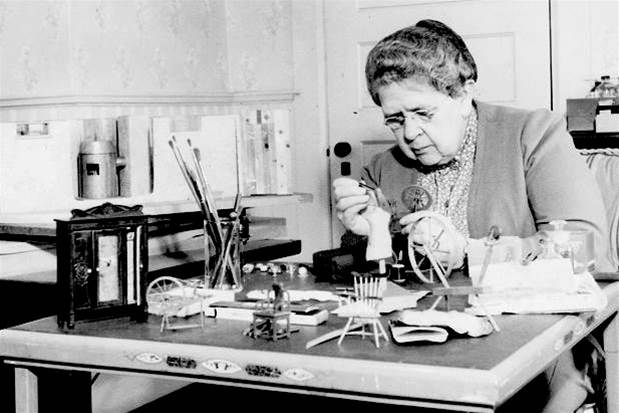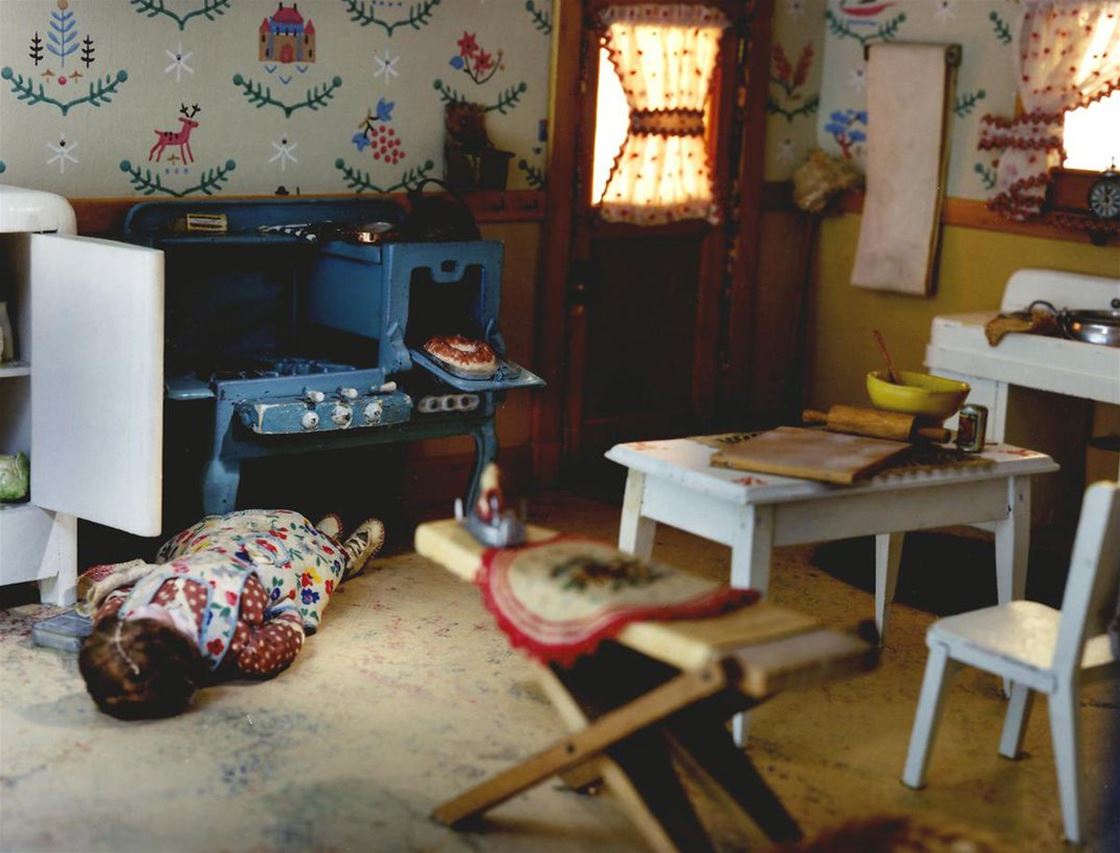how dollhouses became part of modern crime studies
Frances Glessner Lee's grisly dioramas are used to train crime-scene investigators.
Think dollhouses are mere child’s play? Not in Frances Glessner Lee’s world. The late forensic scientist and wealthy American socialite revolutionised crime-scene investigations by creating painstakingly detailed dioramas. At first glance, Frances' miniatures look like any kiddo’s dollhouse – that is until your eyes land on a dead body.
Born in 1878, Frances was introduced to forensic science by her brother’s friend, a medical examiner and professor of pathology at Harvard Medical School. She quickly became fascinated with the field and went on to host dinner parties with investigators, learning more from police, scientists and scholars. The problem at the time was that police officers were ill-trained to deal with homicide investigations. As a result they often compromised key evidence by clumsily walking over bloodied sheets or picking up weapons.
By recreating grisly murders in miniature form, Frances gave investigators an opportunity to practice their observation and analysis skills from afar – she even developed a training seminar for police officers at Harvard in 1945. All these years later, Frances’ ‘blood’-splattered models are still used to help people learn to solve crimes. Whoever said craft couldn't be put to good use?
via Smithsonian and ABC "Murder is Her Hobby Exhibition" by massmatt is licensed under CC BY 2.0
"Murder is Her Hobby Exhibition" by massmatt is licensed under CC BY 2.0
 "Murder is Her Hobby Exhibition" by massmatt is licensed under CC BY 2.0
"Murder is Her Hobby Exhibition" by massmatt is licensed under CC BY 2.0
 "Murder is Her Hobby Exhibition" by massmatt is licensed under CC BY 2.0
"Murder is Her Hobby Exhibition" by massmatt is licensed under CC BY 2.0
 Frances Glessner Lee (Glessner House Museum, Chicago, Illinois)
Frances Glessner Lee (Glessner House Museum, Chicago, Illinois)



.jpg&q=80&h=682&w=863&c=1&s=1)
.jpg&q=80&h=682&w=863&c=1&s=1)









.jpg&q=80&w=316&c=1&s=1)













.jpg&q=80&w=316&c=1&s=1)










